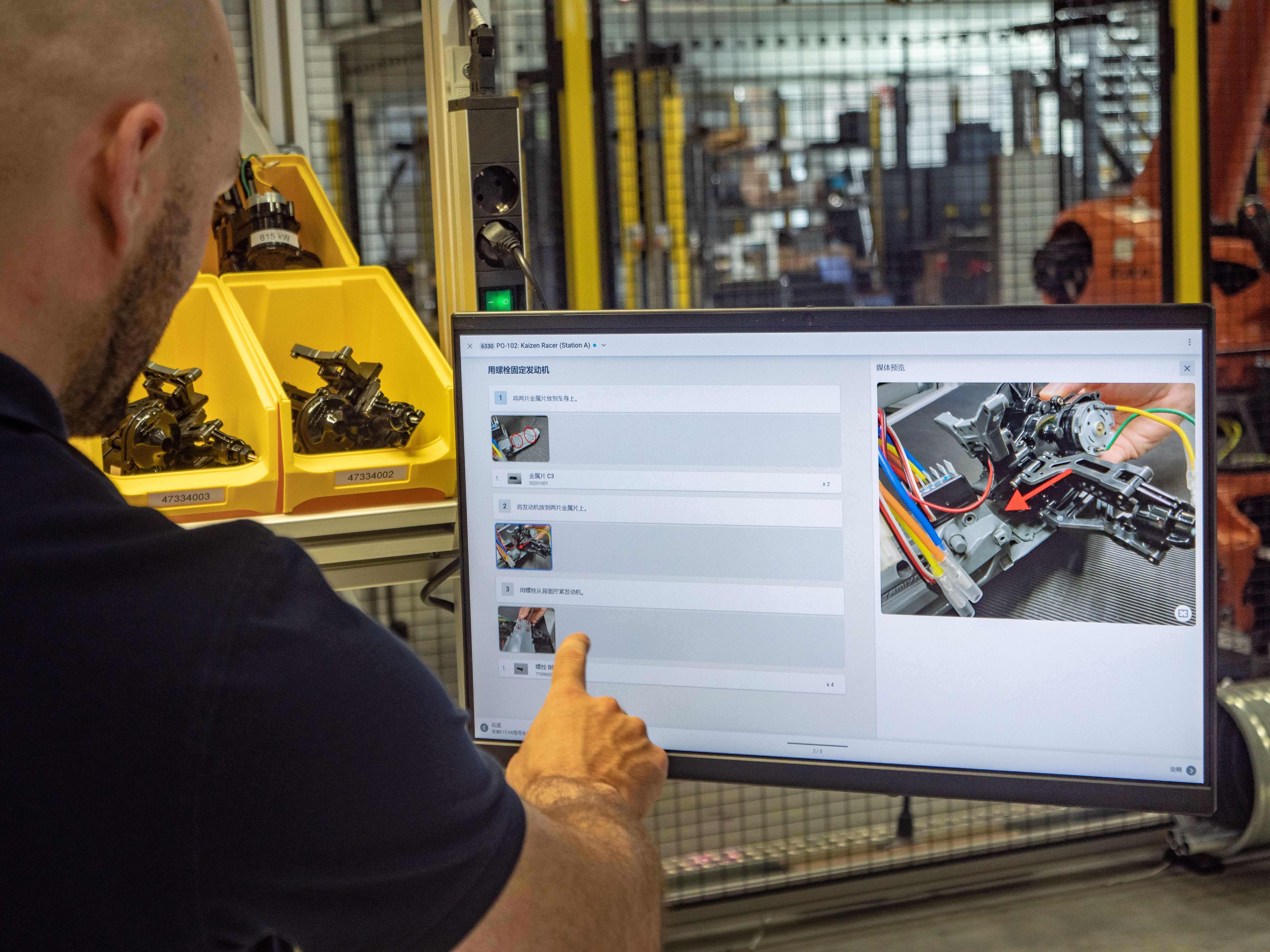What it's about
In the following, you will learn why inspection protocols not only mean legal security for companies, but also how digital inspection protocols can establish this security.
Obligation to inspect for companies
Electricity accidents happen not only at home, but also in companies. Often those affected have to struggle with the consequences for the rest of their lives. In the worst case, an electrical accident can even lead to death. Every company is therefore obliged to inspect electrical appliances and equipment in use at fixed intervals – from cordless screwdrivers to milling machines. This is what insurance companies and laws prescribe. Inspection protocols that document the regular and professional inspection of commercially used electrical equipment can therefore be extremely important for companies in the event of an accident or a fire and can even protect them from major financial damage.
Obligation without concrete specifications
The German Industrial Safety Regulation and the Accident Prevention Regulation (DGUV) Regulation 3 “Electrical Installations and Equipment” (formerly BGV A3) state that companies are obliged to keep documentation, but they do not regulate how an inspection protocol for electrical devices and equipment must be structured. According to § 5 DGUV regulation 3, an entrepreneur is responsible for ensuring that electrical systems and equipment are checked for proper condition before initial commissioning, before recommissioning after modification or repair and at certain intervals. It is important that the inspection is carried out by a qualified electrician and properly documented.
An inspection protocol is considered as documentary evidence
It is true that legislators and employers’ liability insurance associations do not formulate any specific requirements for the documentation of audits. However, the documentation of electrical tests should not be underestimated. There is much more to these vague regulations than just bureaucracy: an inspection protocol is of legal relevance. In court, a legally secure inspection protocol is proof that the operator of electrical installations has fulfilled his duty of care. In the case of electrical accidents with personal injury or fires with major material damage, an inspection protocol becomes the most important piece of evidence. A non-existent inspection protocol can therefore cost a company millions and can even decide over its economic existence.
A missing inspection protocol has consequences
If a fire or an accident is caused by an untested electrical appliance or if the company cannot prove the test, the employer’s liability insurance association can exclude its liability. The fire insurance company may also refuse payment. In addition, the company may be subject to substantial claims for damages depending on the incident. Companies should therefore not take their documentation obligation lightly and implement the creation of inspection protocols in as much detail as possible.
A digital test protocol creates added value
How exact and to what extent a company documents the inspection of its electrical equipment is a matter of discretion. Standards and regulations remain very vague here. This is shown by sentences such as this: “The test must be documented in a suitable manner“. Special forms are not prescribed here.
Digital inspection protocols are also permitted. They can be created using interactive software and offer numerous advantages. With just a few clicks, numerous measured values can be entered and saved. Thanks to the digital filing system, no more tests are lost – in paper folders – and can always be retrieved. Standardized checklists and forms, which can be created individually for each company, guide the employee through the professional inspection process and ensure that he never forgets an entry.
This results in decisive potential that also offers companies added value far beyond the mere documentation obligation. With digital inspections, you generate comprehensive data points that ultimately provide the basis for more in-depth comparative analyses and thus also better decisions.
Checklist 4.0
With digital checklists, you increase efficiency and make better decisions. Read in our whitepaper how our software solution can help you!
Daniel Grobe
Daniel Grobe (M. Sc., Management & Technology) founds cioplenu GmbH in 2017 together with Benjamin Brockmann (also M. Sc., Management & Technology). The founders develop the software solution on the basis of various practical projects, including at the Fraunhofer Institute, and their experience in industry, auditing and management consulting. Daniel Grobe is a Junior Board Member of bayme vbm and has already worked for companies such as KPMG and Continental.




